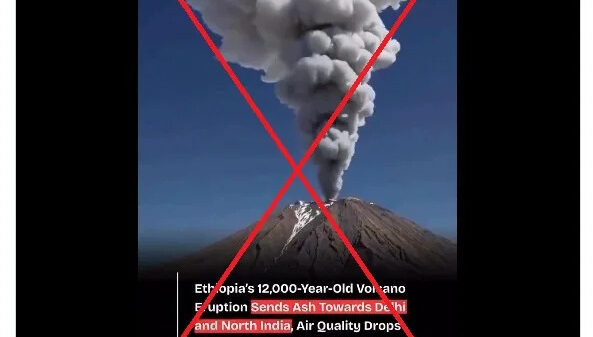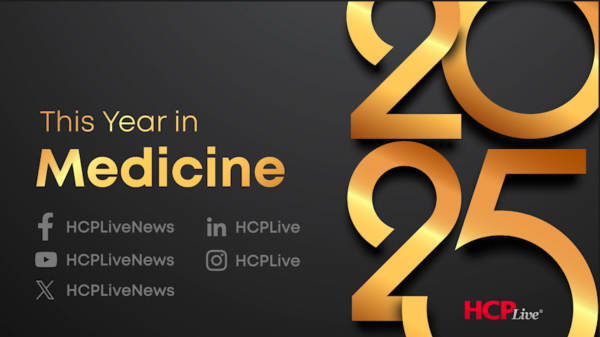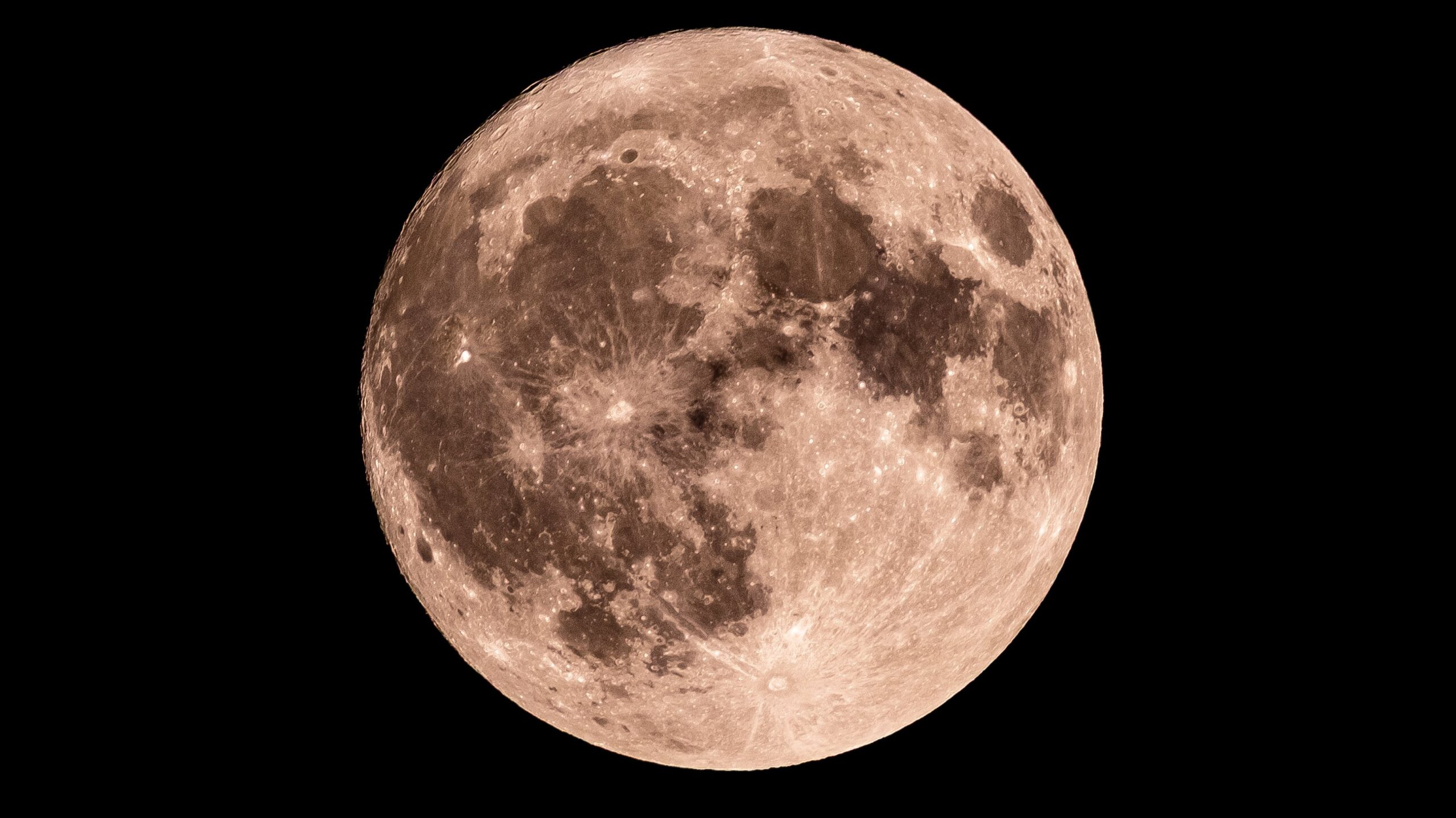Tonight, September 14, marks the Third Quarter phase of the lunar cycle, with the moon appearing approximately 49% illuminated as viewed from Earth. According to NASA, this phase is part of an ongoing cycle that lasts about 29.5 days, during which the moon transitions through eight distinct phases based on its position relative to the Earth and the Sun.
As night falls, observers can expect to see a decrease in lunar visibility, but there are still notable features to explore. Without any special equipment, viewers can spot the Tycho Crater and the Copernicus Crater. For those with binoculars, the Gassendi Crater and the Alphonsus Crater provide excellent viewing opportunities. Telescopes will reveal even more, including the Schiller Crater and the Fra Mauro Highlands.
Understanding Moon Phases
Moon phases are the result of the moon’s orbit around the Earth, creating varying angles between the Earth, Sun, and Moon. This phenomenon results in the different visual appearances of the moon. Each phase plays a role in the lunar cycle, which is characterized by eight primary stages:
– **New Moon**: The moon is positioned between Earth and the Sun, rendering it invisible.
– **Waxing Crescent**: A small sliver of light appears on the right side.
– **First Quarter**: Half of the moon is illuminated on the right side.
– **Waxing Gibbous**: More than half is lit up, approaching the full moon.
– **Full Moon**: The entire face of the moon is visible and fully illuminated.
– **Waning Gibbous**: The moon begins to lose light on the right side.
– **Last Quarter (or Third Quarter)**: The left side is illuminated, resembling a half-moon.
– **Waning Crescent**: A thin sliver of light remains on the left before the cycle resets.
The next full moon is anticipated on October 6, following the last full moon, which occurred on September 7. This ongoing cycle not only captivates enthusiasts but also serves as a reminder of the dynamic relationship between celestial bodies.
For anyone interested in astronomy or simply looking to enjoy the night sky, tonight’s Third Quarter moon offers a perfect opportunity. Whether with the naked eye or through a telescope, the moon’s features call out to be explored, making it a highlight of September’s celestial calendar.





































































